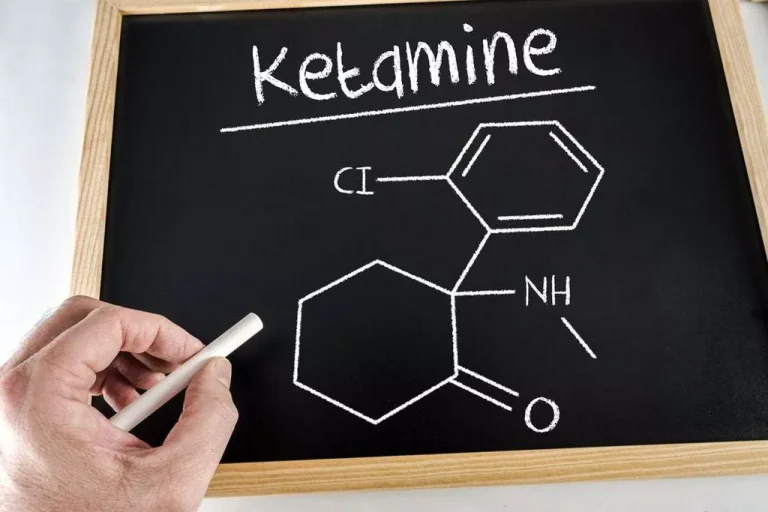The Cycle of Alcohol Addiction National Institute on Alcohol Abuse and Alcoholism NIAAA

Remember, there are many resources available to help treat and deal with alcoholism. As alcoholism progresses to later stages, however, alcoholic hepatitis may develop. This is an inflammation of the liver, and some symptoms include yellowing eyes, muscle pain, and dark urine. The later stages of hepatitis may cause swelling in the ankles and legs. The pre-alcoholic stage is also known as the prodromal stage. This is the “premonitory symptom of disease” or the stage that gives warning signs if action is not taken.
- Depending on the severity of the alcohol use disorder, this stage can be mildly annoying or severe.
- Many people addicted to alcohol begin hiding the amount they drink or making excuses for it during this phase.
- At this stage, alcohol is starting to become a major focus in their daily lives.
- Support groups can be the first step towards recovery or part of a long-term aftercare plan.
- As a person with a high tolerance continues to drink heavily, their body adapts to the presence of alcohol.
What are the Stages of Alcoholism?
An exciting part of this period is that it can lead you to a happier life full of welcomed change and constant improvement. As a result, overcoming guilt and negative self-talk is vital. Some people may feel so “broken” that they almost feel they can no longer experience joy and confidence, or have healthy relationships again.
More in Alcohol Abuse
As a result, you may have to drink larger quantities to get “buzzed” or drunk. At this point, you have an attachment to alcohol that stages of alcoholism has taken over your regular routine. You’re aware of the adverse effects, but no longer have control over your alcohol consumption.
International Patients

The National Institute on Alcohol Abuse and Alcoholism define binge drinking as a pattern of drinking that raises a person’s blood alcohol concentration (BAC) to 0.08%. For males, this often means consuming 5 or more standard drinks over a 2-hour period. For females, it means consuming 4 or more standard drinks over the same time frame. This is a comparatively non-threatening level of drinking, which may not always lead to alcohol abuse. This often looks entails consuming a few drinks when out with friends. You can read related articles that help you understand the signs and symptoms that indicate when alcohol consumption is becoming or is already a problem.
End Stage Alcoholism: Signs, Symptom Timeline & Treatment

A person with AUD will drink alcohol excessively despite knowing the occupational, health, and social consequences. This stage typically starts 3–5 years after you’ve stopped drinking. People often need to address past trauma or familial issues during this time. Although many people are tempted to make other major life changes during this stage of recovery, such as changing jobs, experts recommend focusing energy on stopping drinking for at least the first year.

Chronic Pancreatitis

The late stage of alcoholism is marked by severe physical, emotional, and social deterioration. Health complications can include liver cirrhosis, cardiovascular disease, diabetes, and neurological damage, which are often accompanied by mental health disorders such as depression and anxiety. Social isolation becomes more pronounced as relationships falter under the weight of the individual’s addiction. At this stage, the body’s tolerance to alcohol may decrease, leading to an increased risk of overdose.
Alcoholism and Its Symptoms
Call Nova Recovery Center today to learn more about our alcohol addiction treatment options and start your recovery journey now. As your physical, emotional, and mental health continue to worsen, you realize you have a problem but feel like it’s too late for https://ecosoberhouse.com/ you to get help. The alcohol has completely taken over your life and you’re not sure you could ever come back from it. You don’t need to wait until the brink of disaster to seek help. While end-stage alcoholism is a dire situation, it’s not a hopeless one.
- The condition, which is sometimes called wet brain, is characterized by eye movement disorders, loss of muscle coordination, confusion and memory issues.
- As alcohol consumption increases, the liver adapts to break down alcohol more quickly.

Seems a little quiet over here
Be the first to comment on this post
Write a response